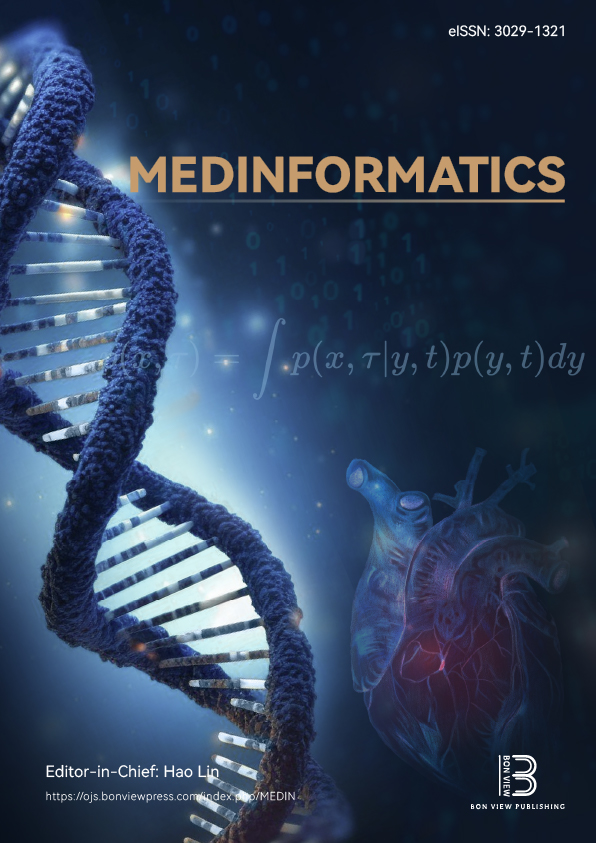Leveraging Explainable AI for Drug Efficacy and Mortality Analysis: Insights from an Observational Dataset
DOI:
https://doi.org/10.47852/bonviewMEDIN52025243Keywords:
randomized control trials, observational study, study designs, COVID-19, explainable AI, artificial intelligence, SARS-CoV-2Abstract
Randomized control trials (RCTs) are the gold standard for establishing causality in drug efficacy, but they have limitations due to strict inclusion criteria and complexity. When RCTs are not feasible, researchers often turn to observational study analysis, where explainable AI (XAI) models offer a compliment to observational study approach for understanding cause-and-effect relationships. In this study, we employed an AI model using a historical COVID-19 dataset consisting of 3,307 patients from a hospital in Delhi, India, to evaluate drug efficacy. By applying eight XAI models and traditional statistical methods, such as multivariate analysis, we identified key factors influencing COVID-19 survival. AI interpretability techniques were used to determine feature importance in the outcomes. The XGBoost classifier outperformed other models with a weighted F1 score of 91.7%, ROC-AUC of 92.2%, and sensitivity of 93.8%. However, both the XAI model (trained XGBoost supplemented with explainable AI method) and forest plot revealed that medications such as enoxaparin, remdesivir, and ivermectin did not show survival benefits. While XAI models provide valuable insights and individual-level interpretability, they should not replace RCTs in assessing the safety and efficacy of new treatments but can aid in clinical decision-making and suggest future research directions.
Received: 17 January 2025 | Revised: 17 March 2025 | Accepted: 16 April 2025
Conflicts of Interest
The authors declare that they have no conflicts of interest to this work.
Data Availability Statement
The data that support the findings of this study are openly available in GitHub at https://github.com/Survival-SBILab/Leveraging-XAI-for-Drug-Efficacy-and-Mortality-Analysis-Insights-from-an-Observational-Dataset. The data that support this work are available upon reasonable request to the corresponding author.
Author Contribution Statement
Manu Kumar Shetty: Conceptualization, Methodology, Software, Validation, Formal analysis, Investigation, Resources, Data curation, Writing – original draft, Writing – review & editing, Visualization, Project administration. Aaloke Mozumdar: Methodology, Software, Validation, Formal analysis, Writing – original draft, Writing – review & editing, Visualization. Saurabh Gupta: Methodology, Software, Validation, Formal analysis, Writing – original draft, Writing – review & editing, Visualization. Lalit Gupta: Investigation, Resources, Data curation, Writing – original draft, Writing – review & editing, Supervision, Project administration. Kapil Chaudhary: Investigation, Resources, Data curation, Writing - original draft, Writing – review & editing, Supervision, Project administration. Vandana Roy: Conceptualization, Investigation, Resources, Data curation, Writing – review & editing, Supervision. Suresh Kumar: Investigation, Resources, Data curation, Writing – review & editing, Supervision, Project administration. Bhupinder Singh Kalra: Investigation, Resources, Data curation, Writing – review & editing, Supervision, Project administration. Sanjeev Khanth P. E.: Formal analysis, Resources. Data curation, Writing – review & editing. Anubha Gupta: Conceptualization, Methodology, Software, Validation, Formal analysis, Investigation, Writing – original draft, Writing – review & editing, Visualization, Supervision, Project administration.
Downloads
Published
Issue
Section
License
Copyright (c) 2025 Authors

This work is licensed under a Creative Commons Attribution 4.0 International License.


